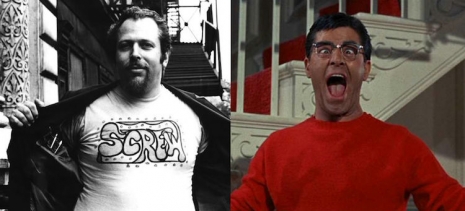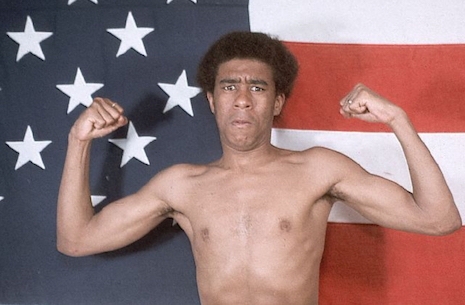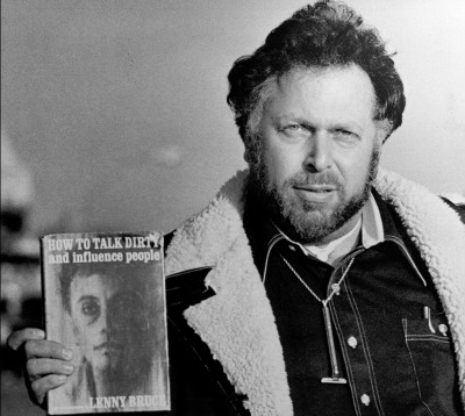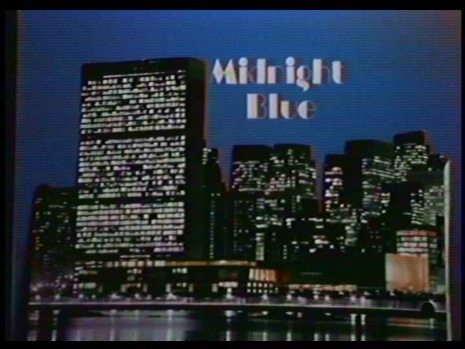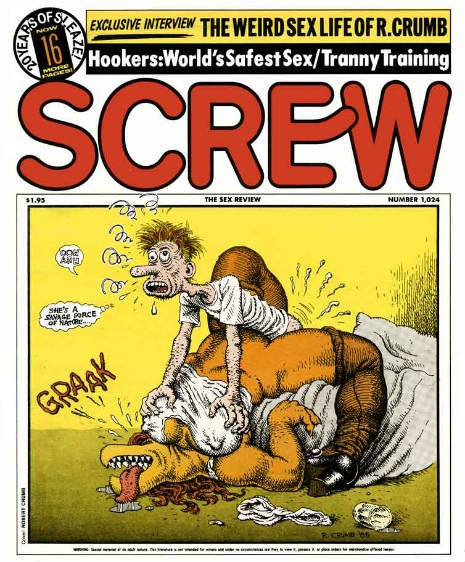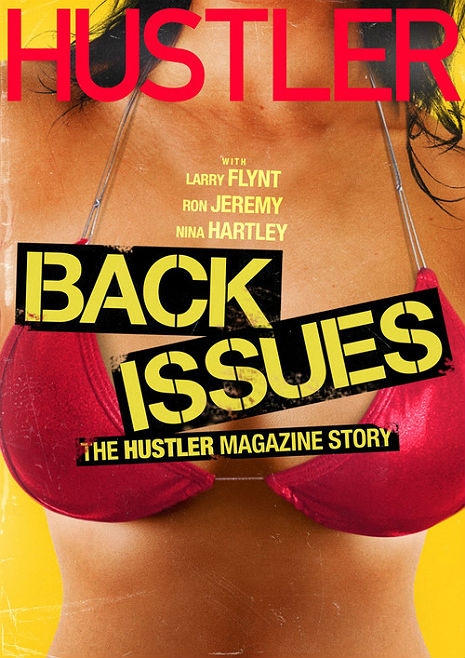
Subversion. Such a tasty word tied the fine art of discovering the hidden in unlikely places. The finest treasures are always the ones you have to sift and work for. It’s one of the best perks of delving into any type of fringe entertainment that resides completely outside the county line of respectability. Fewer publications wear that description like a well tailored latex suit better than Hustler Magazine. Even to this day, people have a strong reaction to the name Hustler. Visions of crude cartoons, anatomical close-ups of assorted labia majora and minora and an overall commitment to bad taste in general usually comes to mind. Of course all of these are correct assertions but even better is that in addition to the obvious there is much more beneath the surface and for that, thank goodness for Michael Lee Nirenberg and his fantastic documentary, Back Issues: The Hustler Magazine Story.
Unlike your typical documentary, Back Issues is a double story. It begins partially as Nirenberg’s own journey, with his father Bill, who was the magazine’s art director during its golden era of the late 70’s and off and on during the early to mid 80’s. The film opens with the two talking about one of Hustler’s more ridiculous covers, featuring a glammed out blonde and one very excited German Shepherd. Their interaction is humorous and revealing in a sweet-but-non-treacly sort of way.
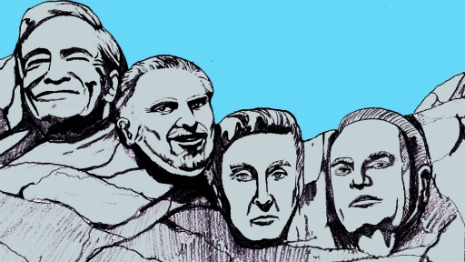
The other journey is that of the magazine itself. Founded by nightclub owner Larry Flynt in 1974, Hustler was originally a mini newsprint publication. It soon was expanded into a full fledged, glossy magazine. Dirty! Dirty! Dirty! author Mike Edison talks about the Mount Rushmore of the skin rag publishers which includes the staid Hugh Hefner, the vasaline-covered-lens loving Bob Guccione, the original subversive ground breaker Al Goldstein and the man himself, Larry Flynt.
The film delves into the origins of Hustler, which could not have taken root without Al Goldstein and his own equally infamous, legendary magazine, Screw. We’re talking right down from the latter’s “Shit List,” which begat Flynt’s “Asshole of the Month” column. There are some great interviews here with Goldstein, shot over a year before he passed in December 2013 and adult film star, Ron Jeremy, who jokes about “the Slime Pack,” which consisted of Flynt, Goldstein and himself.
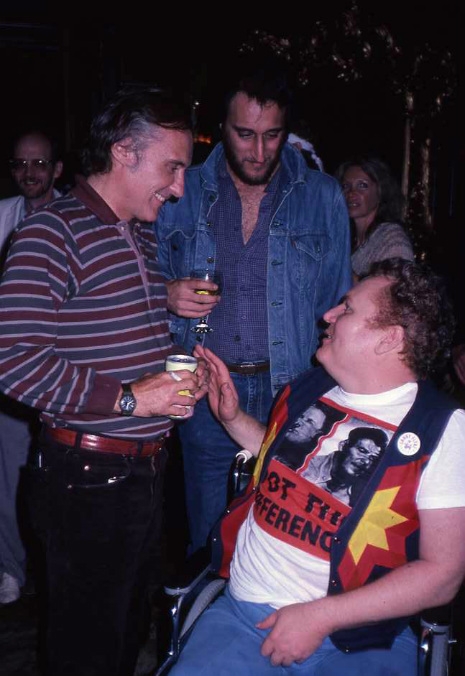
Dennis Hopper, Hustler’s Bill Nirenberg and Larry Flynt
One of the strongest qualities about Hustler was that it was a blue collar magazine with a strong intellectual streak that could border on surreal. Among the many quotable gems of Chairman Flynt is “I’d rather have ten truck drivers reading Hustler than one college professor.” What a perfect thumb up the bum of the bourgeoisie pretensions of magazines like Playboy. Even with that or maybe because of that attitude, Hustler still managed to get interviews and contributions with writers ranging from Charles Bukowski to Norman Mailer (whose finest work will forever be getting one-upped via hammer and insane LSD-laced brilliance courtesy of Rip Torn), among others.
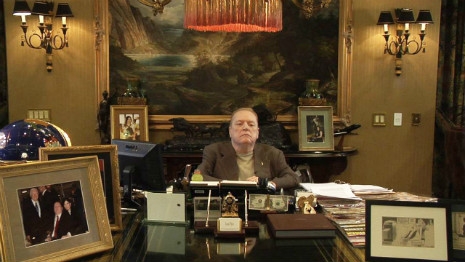
Hustler got a taste of its first big infamy when they published nude paparazzi style pics of Jackie Onassis. (Screw, naturally, had published them first a few months before.) But that was only the beginning, as the film delves into the assorted trials and tribulations of both the magazine and its founder, ranging from assorted and legally important 1st Amendment fights, religious conversions, involving Larry having the entire staff watch the Oscar-winning documentary Marjoe detailing the activities of huckster traveling preacher and future character actor Marjoe Gortner, presidential campaigns and of course, the assassination attempt on Larry’s life that left him paralyzed. In one impressive and disturbing coup, the film interviews white supremacist, serial killer and the man who attempted to murder Larry, Joseph Paul Franklin. Franklin, who was later on executed in November 2013 and was in fact, never even convicted for trying to murder Flynt, talks about being incensed by an interracial pictorial in the magazine. This may surprise you, but Franklin is every bit as creepy and damaged as one would expect! Central casting couldn’t have picked someone to fit the multiple-murderer/racist/bent-case better than him.
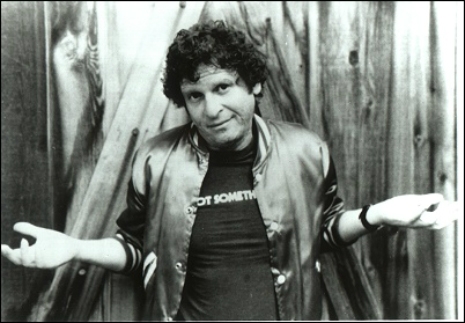
The film then goes into the Paul Krassner years. A founding member of the Yippie movement who also got to work with the great and equally anti-establishment Lenny Bruce, Krassner was a fascinating, if not always popular fit for the magazine. Some of the most infamous covers came out during his tenure, including the crucified Easter bunny and the eternally misinterpreted “woman in the meat grinder” issue. Nirenberg goes into perfect detail about this particular issue, revealing the actual intent behind it. In a way, it perfectly represents the magazine. Crude irreverence inter-spliced with brutal social commentary, with the balls-out equal opportunity offensive attitude always putting the magazine at risk for misinterpretation.

One of the best things about Back Issues is that it highlights perfectly that there were no dummies at this magazine. Quite the reverse. Bill Nirenberg, Krassner, Dwayne “Chester the Molester” Tinsley, Stephen Sayadian, whom while not in the film, did work on the Thing Fish-themed spread for Frank Zappa (with 80s punk porn process Lois Ayres) and directed such legendary surrealistic skin flicks like Cafe Flesh and Dr. Caligari, and of course, at the helm, Larry and Althea Flynt. This is just the tip of the iceberg but the strong undercurrent of creative brilliance, working class ethos and a healthy disrespect for authority all shine sweet and strong in Back Issues. Even the soundtrack, which is a beyond stellar compilation of punk songs from legends like The Circle Jerks and The Adolescents, reflects the beautifully anarchic nature of Hustler and its merry band of smart misfits.
Featuring great interviews, spectacular editing and pulsating with plenty of heart, humor, piss and vinegar, Back Issues is a fine and very much needed documentary. In a cultural climate that is more conservative now than back when Hustler was still a little newspaper from a stripclub owner, we need to be reminded of the people that took a chance, that offended and that cared enough to never bullshit us. That is the heart-core of Back Issues.
